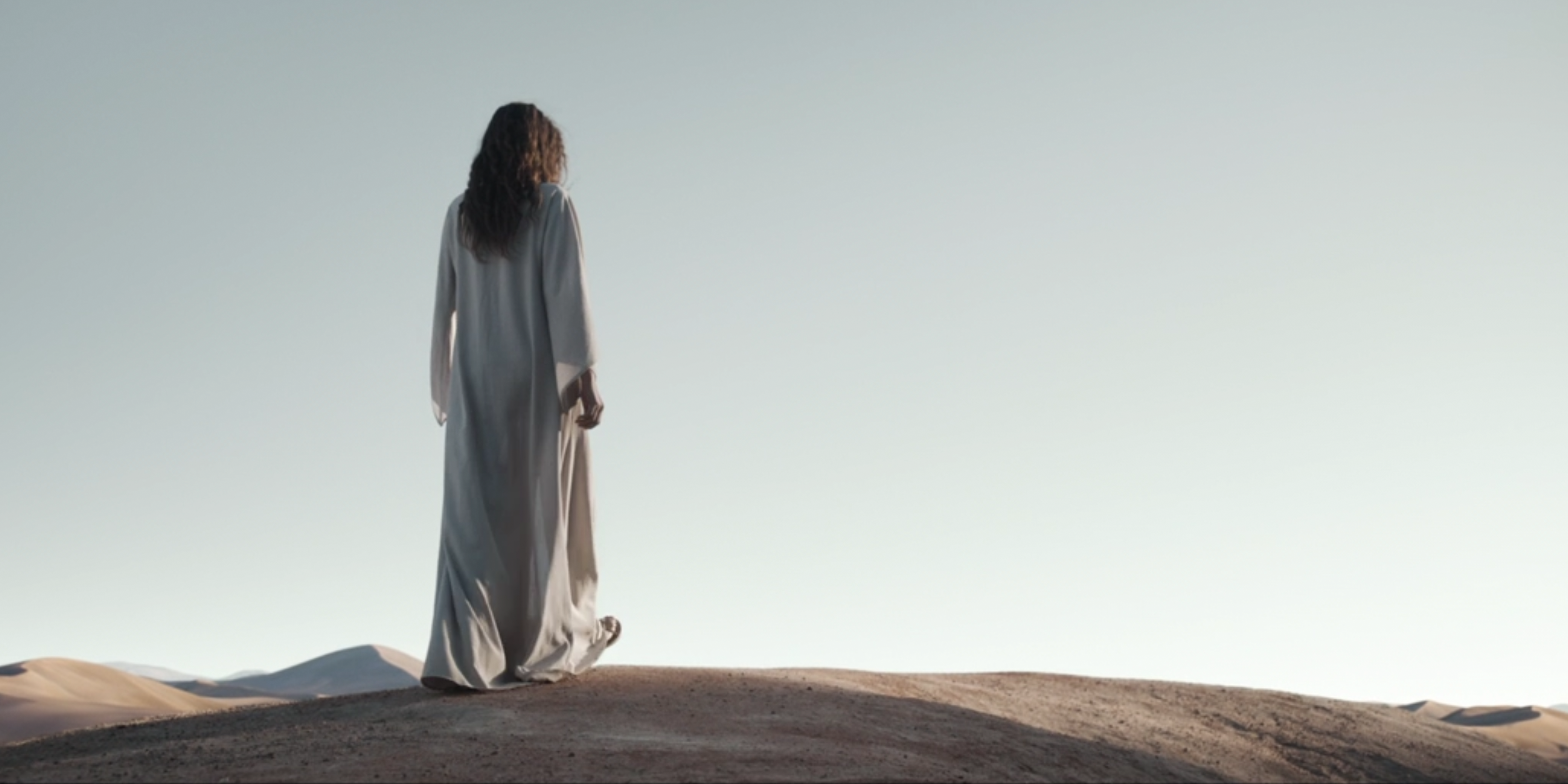Warning: the following contains SPOILERS for Dune.
Dune was inspired by a real desert experiment by the U.S. Department of Agriculture in the ‘50s. This should come as no surprise to anyone familiar with the planet of Dune, also known as Arrakis, the desert planet. Because of its expansive nature as a political and philosophical space opera, Dune also deeply tackles the socioecological aspects of intergalactic war and inter-generational plans-within-plans. As Dr. Liet Kynes’ father Pardot Kynes explains in the 1965 novel Dune, “The highest function of ecology is the understanding of consequences.”
The examination of consequences is a recurring theme throughout the Dune saga. From the Fremen’s water-preserving systems on Arrakis to the limitations of perfect prescience as wielded by Emperor Paul Atreides and God Emperor Leto II, Herbert’s saga uses socioecological factors and repercussions to paint a clearer picture of the overarching effects of its main characters’ actions – as well as to believably flesh out its 20,000-year timeline. In many ways, the Dune saga’s Golden Path – yet to be revealed in Villeneuve’s reboot – represents the combination of indigenous knowledge and academic ecology, which is also apparent in the characterization of Imperial planetologist and Fremen leader Dr. Liet Kynes.
Dune’s socioecological lens can be traced back to a U.S. Department of Agriculture experiment that author Frank Herbert worked on in 1957. In The Road to Dune, a companion book to the novels, this experiment is described in an unfinished article called “They Stopped The Moving Sands” – largely credited as the inspiration for Herbert to write Dune. The experiment involves the use of poverty grasses, plants that can thrive in very sandy or poor soil, to stabilize sand dunes and prevent them from swallowing highways, entire cities, rivers, and lakes. This experiment was the impetus for Herbert to develop Dune over the next five years. From there, Herbert’s novel was serialized as two shorter magazine stories called Dune World (1963) and The Prophet of Dune (1965), and then eventually compiled into the novel that would come to define Herbert’s legacy in social science fiction. This experiment spawned not just the Dune books, but also David Lynch’s Dune, the Sci-Fi channel miniseries Frank Herbert’s Dune, and Denis Villeneuve’s 2021 Dune reboot.

Furthermore, aspects of the Department of Agriculture experiment can also be found in the terraforming of Arrakis in the books. In Dune, the Fremen and Dr. Kynes’ plans for changing Arrakis also involve the use of plants to stabilize sand dunes and create the conditions for a water-rich planet. In the book Dune: Messiah, which Villeneuve will adapt for his third Dune film, the effects of these plans are revealed in full bloom.
Dune began as Frank Herbert’s notes about a real agricultural experiment in the desert. These are the roots of the Fremen of Arrakis, who will play a larger role in the upcoming Dune: Part Two. This experiment is also why, even though Dune is set in a faraway place and time, more than 50 years later, its story still hits close to home.




